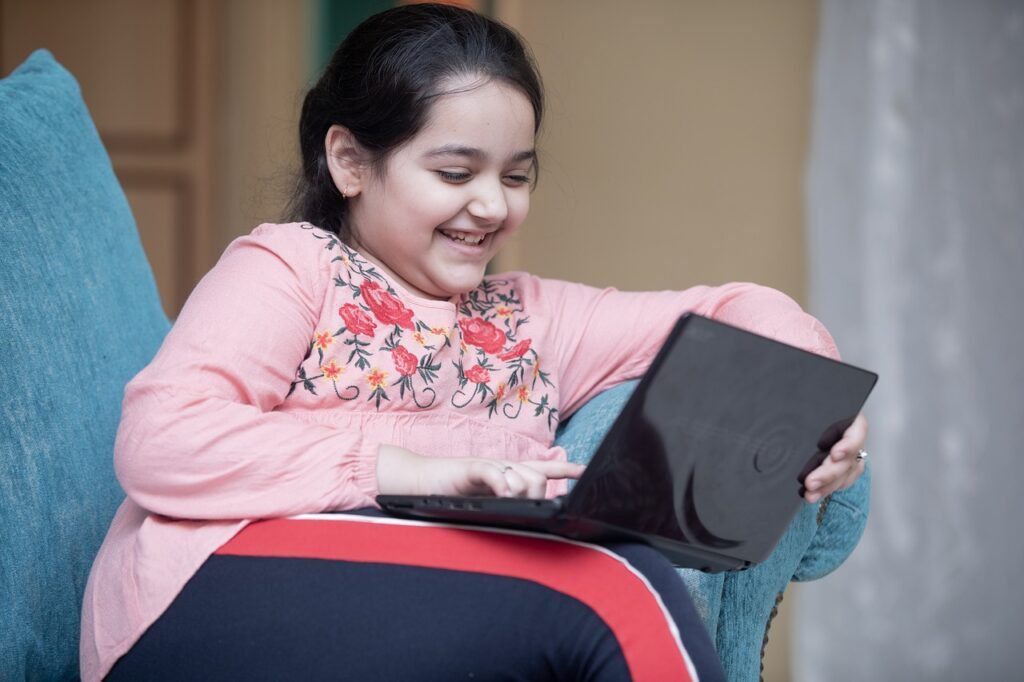Introduction
In the era of 8-second attention spans and algorithm-driven content, traditional 60-minute lectures and dense textbooks are beginning to feel… obsolete. Enter microlearning—bite-sized, highly-focused learning units designed to be consumed in short bursts. And in 2025, microlearning isn’t just a buzzword. It’s becoming the default learning method for millions, from high schoolers on YouTube Shorts to professionals using AI-based micro-courses on LinkedIn Learning.
But there’s a growing debate among educators and psychologists: Are we truly learning, or just scrolling through academic dopamine hits? Is microlearning a revolution—or is education being TikTok-ized?
This deep-dive explores what microlearning really is, how it’s reshaping the learning ecosystem, the tools driving it, and whether it’s making learners smarter—or just more distracted.
What Is Microlearning?
Microlearning refers to an educational strategy that delivers content in short, focused bursts—usually between 30 seconds and 10 minutes—designed for quick consumption and high retention.
Key elements:
- One objective per lesson
- Minimal cognitive load
- Mobile-first design
- Often video-based or interactive
- Can be text, audio, quiz, or infographic
In other words, it’s education designed like social media: fast, concise, and optimized for the way people consume content in 2025.
Why Is Microlearning Exploding?
- Attention Economy
With billions of people consuming Instagram Reels, TikToks, and YouTube Shorts daily, the educational model is adapting to match cognitive behavior. - Mobile-First Generation
Over 85% of Gen Z learners use mobile devices as their primary learning tool. Microlearning fits into small pockets of time—like a commute or study break. - Brain-Friendly Design
Studies show that microlearning improves long-term retention by reinforcing key points without overwhelming the brain. - Just-in-Time Learning
Microlearning allows learners to access information right when they need it—during work, before an exam, or in a real-world situation.
Is This the TikTok-ization of Education?
TikTok and similar platforms have trained billions of users to expect:
- Visual-first content
- Instant gratification
- A dopamine hit every 5–10 seconds
- Personalized, algorithmically-driven feeds
Microlearning platforms are now emulating this:
- AI-curated courses tailored to user behavior
- Learning playlists, stories, and swipes
- Gamified modules and quizzes
- Bite-sized certification paths
Critics argue this encourages surface-level learning and cognitive laziness. Supporters say it democratizes education and matches real-world attention spans.
So, is this TikTok-ization? Yes—and no.
It’s a transformation. But one that depends entirely on intent, depth, and follow-up.
Benefits of Microlearning in 2025
✅ Higher Engagement
Learners complete more modules when they’re short and interactive.
✅ Improved Retention
According to a 2024 meta-study by Stanford, learners retained 22% more content via micro-modules versus traditional eLearning.
✅ Faster Upskilling
Busy professionals can learn on the go—during breaks, travel, or even in the gym.
✅ Scalable for Educators
AI tools now help teachers and creators break complex syllabi into dozens of short, focused modules in minutes.
Where It Works Best
- Language Learning
Apps like Duolingo and Memrise use daily 5-minute drills. - STEM Practice
Brilliant.org and Khan Academy offer micro-lessons with interactive problem solving. - Skill-Based Learning
LinkedIn Learning, Coursera, and EdApp provide quick tutorials and assessments. - Exam Prep
Apps like Anki and Quizlet leverage microlearning for memory recall and spaced repetition. - Corporate Training
Companies use AI-powered microlearning platforms like Axonify to deliver job-specific learning in under 5 minutes a day.
Tools Powering Microlearning in 2025
| Tool | Features | Link |
|---|---|---|
| TikTok EDU | Educational short videos, live Q&A, student-led content | tiktok.com |
| YouTube Learning Shorts | Micro-lectures, subject-specific playlists | youtube.com |
| EdApp | Corporate mobile learning with gamification | edapp.com |
| Brainscape | Flashcard microlearning for exams | brainscape.com |
| Khan Academy Kids | Micro-lessons for early learners | khanacademy.org |
| Duolingo Max (AI) | Bite-sized language learning with GPT-4 assistance | duolingo.com |
Real-World Example: AI + Microlearning
Case Study – Siemens
The multinational company implemented AI-powered microlearning for technician training. Using 3-minute video bursts combined with VR simulations, employee upskilling time dropped by 40%.
Case Study – Student Learning
A student prepping for NEET (India’s medical entrance exam) used Prepladder’s micro-courses and improved mock scores by 19% in 2 months by studying 30 minutes daily in 5-minute bursts.
Limitations of Microlearning
🚫 Lack of Deep Exploration
Short lessons can’t replace the depth and complexity of formal lectures or research papers.
🚫 Fragmented Understanding
Without cohesion, students may forget how ideas connect over time.
🚫 Dependence on Algorithms
Personalized feeds may skip essential but less “engaging” topics.
🚫 Passive Learning Risks
Binge-watching educational reels ≠ mastery. Engagement must be active, not just habitual.
How to Use Microlearning Effectively
- Set Clear Goals
Don’t just consume content randomly. Pick modules tied to specific learning objectives. - Pair With Deep Learning
Use microlearning as a gateway, then explore full lectures, books, or research. - Use Active Recall
Flashcards, quizzes, and writing summaries after each video boost memory retention. - Stack Lessons
Follow microlearning playlists or paths that build concepts in layers. - Track Progress
Use apps that provide analytics, streaks, or mastery levels.
Is Microlearning Replacing Traditional Education?
No—but it’s complementing and, in some cases, enhancing it. In 2025, hybrid models are emerging:
- Professors release 5-minute concept explainers before 1-hour deep dive classes
- Schools assign TikTok challenges for historical re-enactments
- Online platforms gamify homework into microtasks with instant feedback
The future of education isn’t micro-only—it’s modular, layered, and adaptive.
Final Takeaway
Microlearning in 2025 is more than a trend—it’s a paradigm shift in how we access and absorb knowledge. When thoughtfully curated and aligned with goals, it empowers students and professionals to learn smarter, faster, and more flexibly.
But like all tools, its effectiveness depends on how we use it.
The TikTok-ization of education isn’t about making learning shallow. It’s about making it accessible, personalized, and engaging—one micro-lesson at a time.
Small bursts. Big results. That’s the new rhythm of learning.
